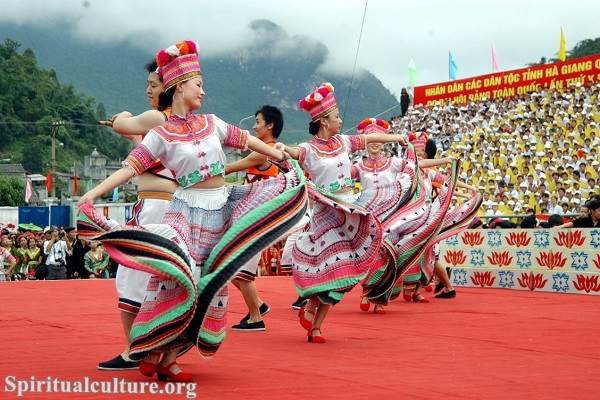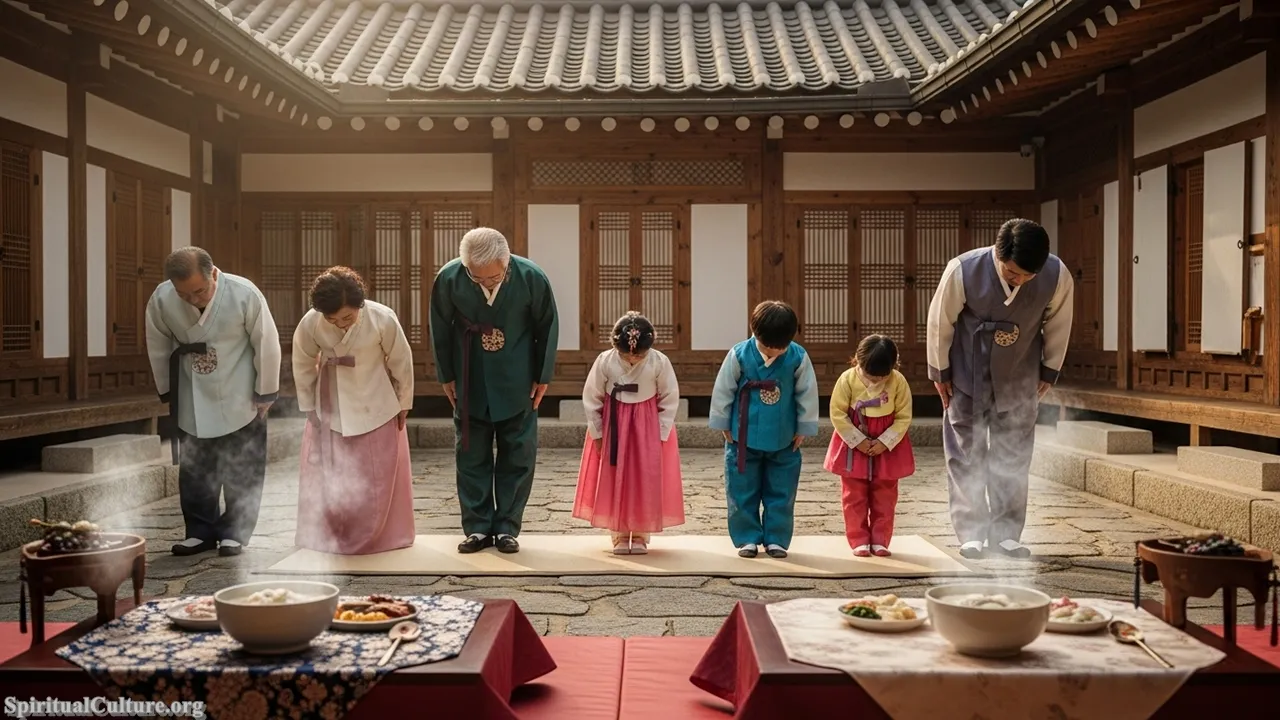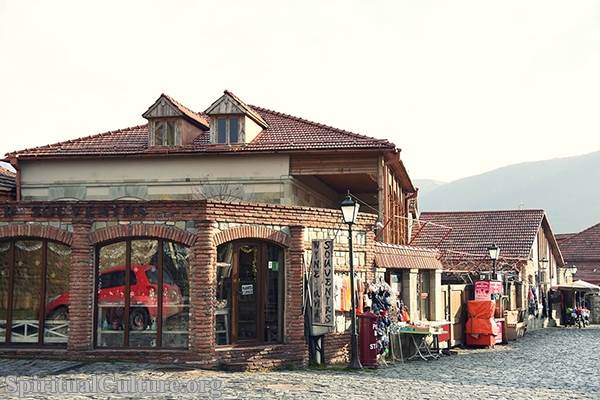Spain is a nation woven from threads of diverse historical influences—from Roman antiquity and Moorish splendor to the deep-seated impact of Catholicism and regional identities. These influences have coalesced into a culture renowned globally for its passion, community focus, and deep-rooted traditions. At Spiritual Culture, we don’t simply rank popularity; we assess the enduring spiritual resonance and historical significance of these practices.
Our ranking, validated for the Current Time of Writing, focuses on traditions that serve as the fundamental pillars of the Spanish spirit. This includes practices with UNESCO recognition, those that unite entire regions in collective expression, and those that deeply reflect the country’s spiritual and social values. From solemn acts of devotion to communal artistic expressions, Spain’s cultural landscape is a testament to the preservation of profound heritage.
The importance of these traditions extends beyond mere celebration; they act as a continuous link to Spain’s past, reinforcing familial bonds, regional pride, and a communal rhythm of life. The list below celebrates the practices that offer the deepest insights into the Spanish soul, grounded in credible cultural and historical evidence.
Table of the Top 10 Cultural Traditions in Spain Ranked by Spiritual and Historical Significance
| Rank | Tradition Name | Region(s) of Significance | Spiritual/Cultural Foundation | Key Cultural Status (e.g., UNESCO) |
|---|---|---|---|---|
| 1 | Semana Santa (Holy Week) | Andalusia (Seville, Málaga), Castile and León, Murcia | Catholic Passion of Christ, Penitence, Brotherhoods | National Tourist Interest; Several regional recognitions. |
| 2 | El Camino de Santiago (The Way of St. James) | Galicia (Final Destination), Northern Spain | Christian Pilgrimage, Penance, Spiritual Quest | UNESCO World Heritage Site (Routes) |
| 3 | Flamenco | Andalusia (Seville, Jerez, Granada) | Artistic Expression of Grief, Joy, Passion; Roma, Moorish, and Andalusian heritage | UNESCO Intangible Cultural Heritage of Humanity |
| 4 | Tapas Culture & Communal Eating | All of Spain (especially Andalusia and Basque Country/Pintxos) | Social Cohesion, Hospitality, Community Bonding | Fundamental element of Spanish social life. |
| 5 | Las Fallas | Valencia | Feast of St. Joseph, Renewal, Ephemeral Art, Fire as Purification | UNESCO Intangible Cultural Heritage of Humanity |
| 6 | Castells (Human Towers) | Catalonia | Cohesion, Teamwork, Social Solidarity, Regional Identity | UNESCO Intangible Cultural Heritage of Humanity |
| 7 | El Día de los Reyes Magos (Three Kings’ Day) | All of Spain | Epiphany, Christian Tradition of Gift-Giving, Charity | Pivotal end to the Spanish Christmas season. |
| 8 | La Siesta (Midday Rest/Break) | Rural/Southern Spain (Less common in major cities) | Rhythm of Life, Environmental Adaptation, Family Focus | Deep-seated historical and climatological practice. |
| 9 | Romería del Rocío (Pilgrimage) | Andalusia (Huelva) | Marian Devotion (Virgen del Rocío), Communal Journey | One of the largest and most passionate pilgrimages in Spain. |
| 10 | Sanfermines (Running of the Bulls) | Pamplona, Navarre | Patron Saint Honor (San Fermín), Bravery, Communal Ecstasy | Global recognition, deeply controversial. |
The Spiritual Culture Top 10 Countdown
🔟 Sanfermines (Running of the Bulls)
The Sanfermines festival, held annually in Pamplona (Navarre) in July, is perhaps Spain’s most internationally recognized, if controversial, tradition. Rooted in the feast of Saint Fermin, the tradition blends solemn religious processions with the adrenaline-fueled encierro (running of the bulls). Its current cultural significance lies in its incredible power to draw a global community, showcasing a complex, raw Spanish emotion that balances fervor and risk. It represents a peak of communal ecstasy and historical continuity, despite ongoing debate surrounding animal welfare.
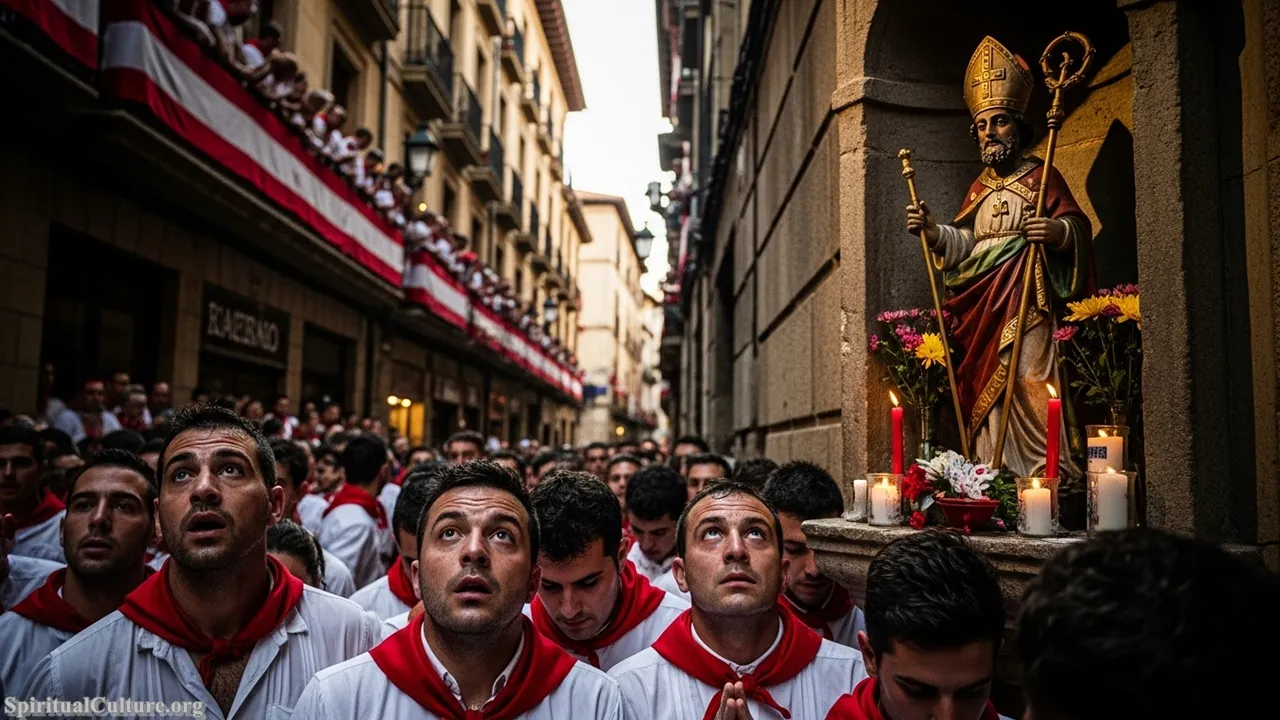
The tradition ranks here for its profound connection to the concepts of courage, fate, and community. Historically, the running was simply a practical way to move bulls from the outskirts of the city to the bullring, but it evolved into a rite of passage and a test of bravery. The spiritual impact is found in the intense collective experience—a moment where thousands face mortality together, invoking the protection of Saint Fermin. It is a primal expression of confronting fear, linking the participants to a centuries-old cultural narrative.
The preservation value of the Sanfermines lies in its role as a massive cultural catalyst, keeping ancient customs—from traditional dress to regional music—alive and dynamic in the face of modernity. While its continuation is questioned by some, the tradition’s ability to mobilize and define a community for centuries serves as a powerful reminder of the enduring, complex nature of human heritage, demanding a careful reflection on the balance between tradition and contemporary moral values.
Cultural/Spiritual Highlights:
- The Chupinazo rocket marks the official start, signaling communal unity.
- Dedicated to Saint Fermin, the city’s patron saint.
- The encierro symbolizes a ritualistic confrontation with danger.
- Runners sing a prayer to the Saint just before the run for protection.
9️⃣ Romería del Rocío (Pilgrimage)
The Romería del Rocío is an annual religious pilgrimage that sees over a million devotees travel to the tiny village of El Rocío in Huelva, Andalusia, usually around Pentecost. This is no ordinary walk; pilgrims travel on foot, horseback, or in beautifully decorated ox-drawn carts, transforming the Andalusian countryside into a slow-moving, intensely communal, and colorful spectacle. It is a defining cultural moment for Andalusia, blending Marian devotion with a powerful social component.
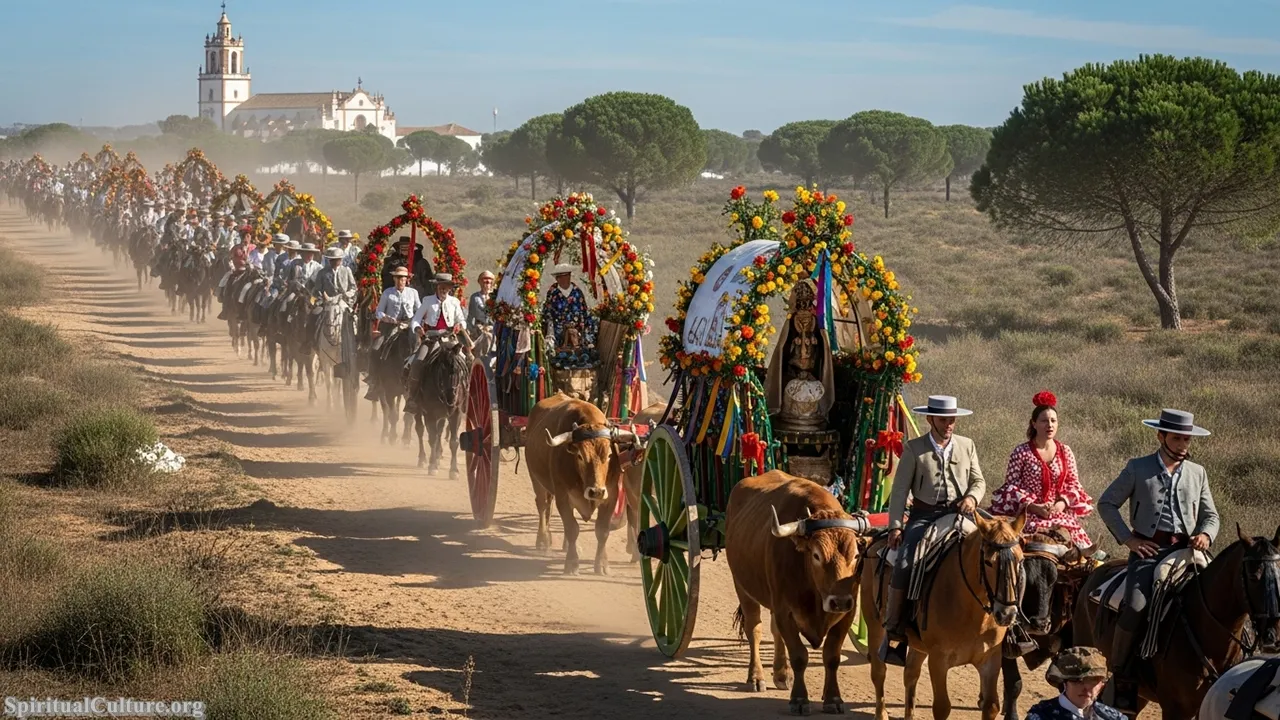
The tradition’s spiritual significance is centered on the veneration of the Virgen del Rocío, known as the “White Dove.” The ranking reflects the tradition’s status as a quintessential Spanish Marian devotion, where the journey itself is the central act of faith. The spiritual impact is immense, acting as a renewal ritual. The week-long journey, or Camino, fosters deep bonds (hermandades or brotherhoods), embodying penance, shared hardship, and transcendent joy as pilgrims arrive at the hermitage to greet the revered image, often called “La Blanca Paloma.”
The moral lesson of the Romería is the power of collective faith and endurance. It teaches patience, reliance on community, and the human need for a sacred journey. The tradition maintains strong links to traditional Andalusian crafts, music (Sevillanas), and dress, ensuring the preservation of an entire regional aesthetic that has remained largely untouched by the outside world, focusing on the spiritual journey over the final destination.
Cultural/Spiritual Highlights:
- The pilgrimage culminates in the passionate “Salto de la Reja” (Jump of the Fence).
- Focuses on deep devotion to the Virgen del Rocío (“White Dove”).
- Involves hundreds of organized Hermandades (Brotherhoods).
- The journey itself, or Camino, is considered an act of penance and faith.
8️⃣ La Siesta (Midday Rest/Break)
The concept of La Siesta—a prolonged midday break, often including rest or a nap—is one of Spain’s most globally recognized cultural identifiers. While its strict adherence has lessened in bustling metropolitan areas like Madrid and Barcelona in the Current Time of Writing, it remains a potent cultural force, particularly in southern and rural Spain, shaping the rhythm of the day. Historically, the practice arose out of climactic necessity, offering respite during the intense midday heat, and facilitating a large, leisurely lunch with family.
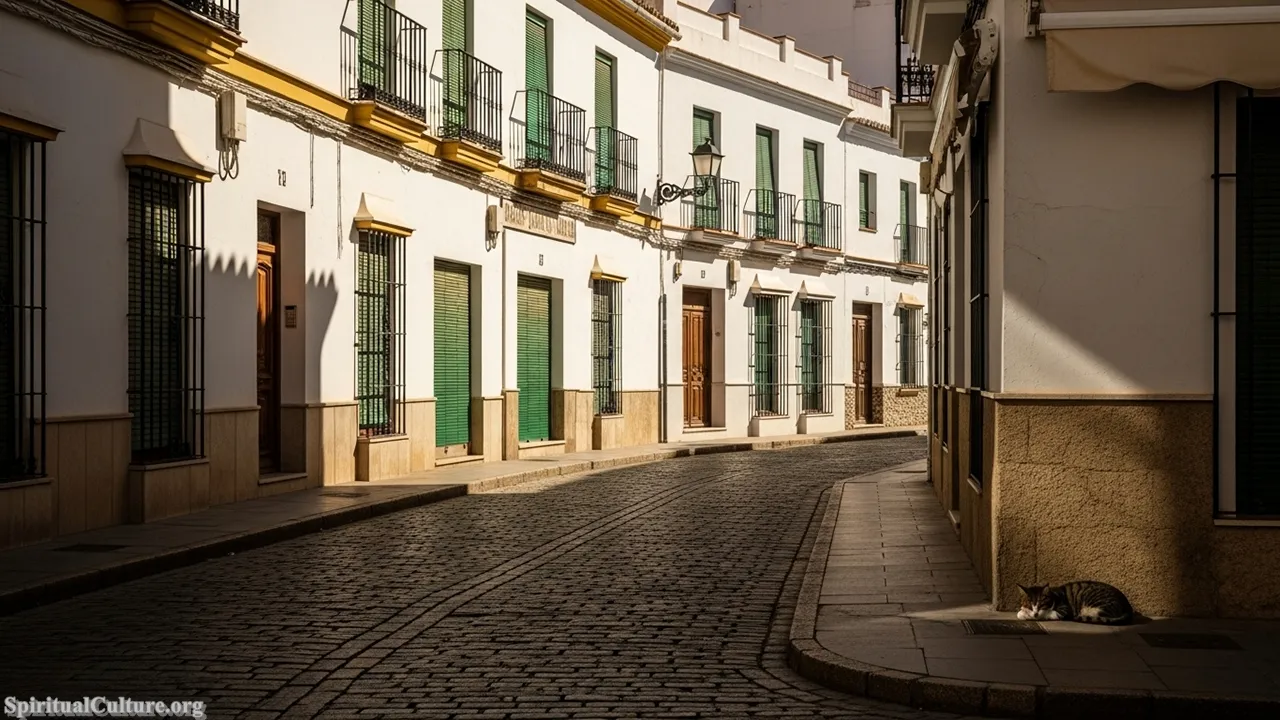
Ranking the Siesta is important because it represents a deep-seated cultural value: the prioritization of human well-being and community over relentless productivity. The spiritual impact lies in its insistence on slowing down, fostering a sense of balance (a spiritual necessity), and reinforcing the primacy of the family meal. It is a quiet rejection of the hyper-capitalistic 24/7 work model, asserting that time for rest, contemplation, and community is essential for a rich life. The name itself is derived from the Latin sexta, referring to the sixth hour of the day.
The moral lesson of the Siesta is the wisdom of adaptation and the cultural validation of rest. It reminds us that external circumstances (like the heat) should dictate the rhythm of our lives, not just the clock. Preserving the spirit of the Siesta, even as a flexible lunch break, is the preservation of a distinctly humanistic, Mediterranean pace of life that values connection and personal energy over mere efficiency.
Cultural/Spiritual Highlights:
- Derived from the Latin hora sexta (sixth hour of the day).
- Upholds the tradition of the large, shared, slow family lunch.
- Represents a cultural value of prioritizing rest and life balance.
- A direct adaptation to the Mediterranean climate.
7️⃣ El Día de los Reyes Magos (Three Kings’ Day)
Celebrated on January 6th, the Epiphany, El Día de los Reyes Magos is the true climax of the Spanish Christmas season, overshadowing Christmas Day gift-giving in traditional importance. The preceding night, January 5th, is marked by spectacular parades (Cabalgatas) in every city and town, where the Three Kings (Melchior, Caspar, and Balthazar) ride floats and toss candy to the crowds. This tradition is a beautiful and universally practiced example of Spain’s devotion to its Catholic heritage.
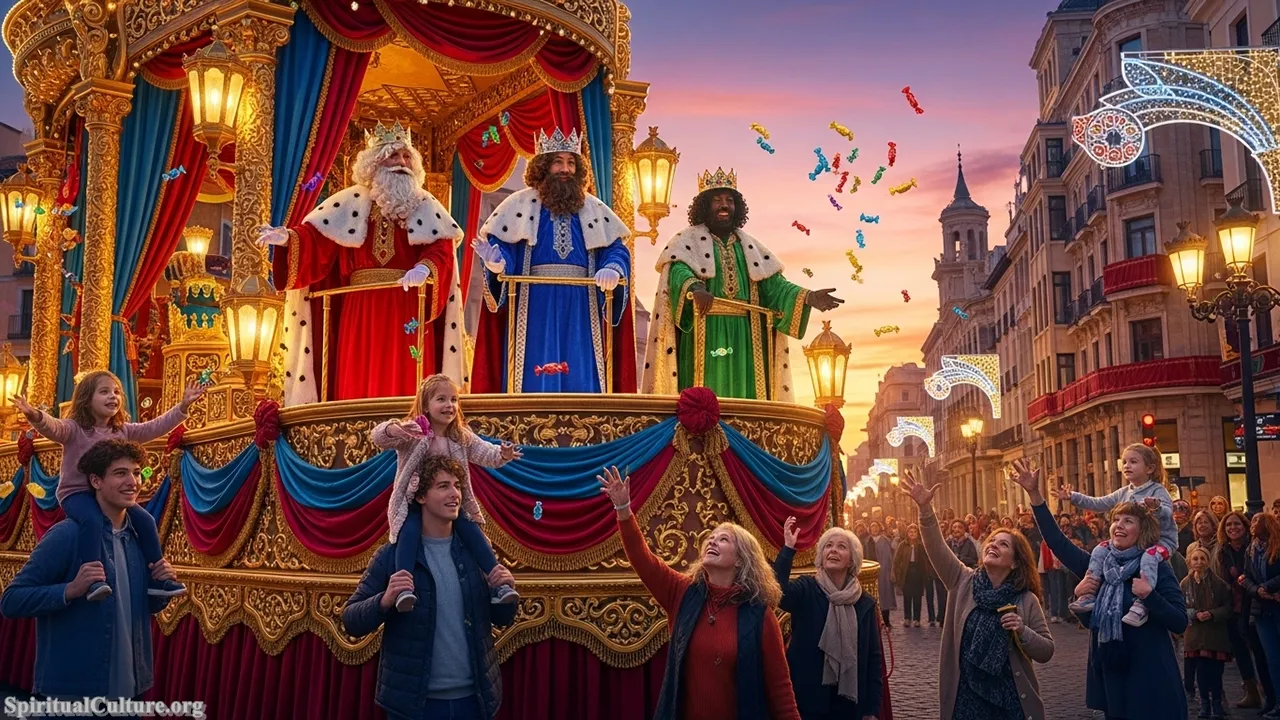
The spiritual impact of this tradition is immense, directly referencing the biblical journey of the Magi to honor the Christ child. The ranking is based on its role as a fundamental Christian narrative embodied in a national cultural event. It teaches the spiritual lesson of adoration, long-distance devotion, and charitable gift-giving. The gifts are not from an abstract figure but from the Kings, who represent the world paying homage—a potent spiritual and symbolic message of global unity and faith.
The preservation value of the Three Kings’ Day is evident in its ability to anchor Spanish family life in a shared, deeply imaginative ritual. By centering the festival on the Three Kings, the culture reinforces the values of generosity, hope, and the anticipation of spiritual reward. It ensures the Epiphany remains a vibrant, community-focused feast, protecting a key element of Spanish religious instruction and collective joy.
Cultural/Spiritual Highlights:
- Celebrates the biblical Epiphany and the arrival of the Magi.
- Parades (Cabalgatas) symbolize the Kings’ journey.
- Children leave water for the camels and a drink for the Kings.
- The main day for receiving gifts, emphasizing symbolic homage.
6️⃣ Castells (Human Towers)
Originating in Catalonia, the Castells, or human towers, are a unique and breathtaking cultural tradition where teams of men, women, and children (colles) work together to build vertical human structures, sometimes reaching ten levels high. This tradition, recognized by UNESCO, is more than a spectacle; it is a profound expression of regional identity, social organization, and physical mastery. The construction requires immense trust, coordination, and the participation of nearly all ages and physical types.

The ranking is high because the Castells perfectly embody the spiritual principle of collective solidarity and social cohesion. The tower is structurally dependent on the wide, tightly packed base (the pinya), which supports all subsequent layers. This visually represents the moral lesson that the strongest, most enduring structures—both physical and social—are built from a united, supportive community. The small child who scrambles to the top (the enxaneta) symbolizes a crowning achievement, but the success belongs to the entire group.
The tradition’s preservation value lies in its living pedagogy. It is a powerful, non-verbal instruction in democratic, communal living. Everyone, regardless of age or strength, has a vital role. The moral lesson is the absolute necessity of mutual support and the beauty of interdependence, making the Castells a profound philosophical and spiritual exercise in community building, preserved as a source of immense regional pride.
Cultural/Spiritual Highlights:
- UNESCO Intangible Cultural Heritage of Humanity since 2010.
- The pinya (base) symbolizes absolute communal support and trust.
- The structure’s completion is a moment of collective triumph and regional identity.
- All ages and genders participate, symbolizing intergenerational cohesion.
5️⃣ Las Fallas
Held in Valencia in March, Las Fallas is a spectacular festival celebrating St. Joseph (patron saint of carpenters) that centers on the creation and dramatic destruction of enormous, satirical sculptures (the fallas or ninots). These monumental, ephemeral works of art often depict current events or politicians in a critical, humorous light. The festival is a powerful blend of artistic expression, social commentary, and the use of fire as a primary ritual element.
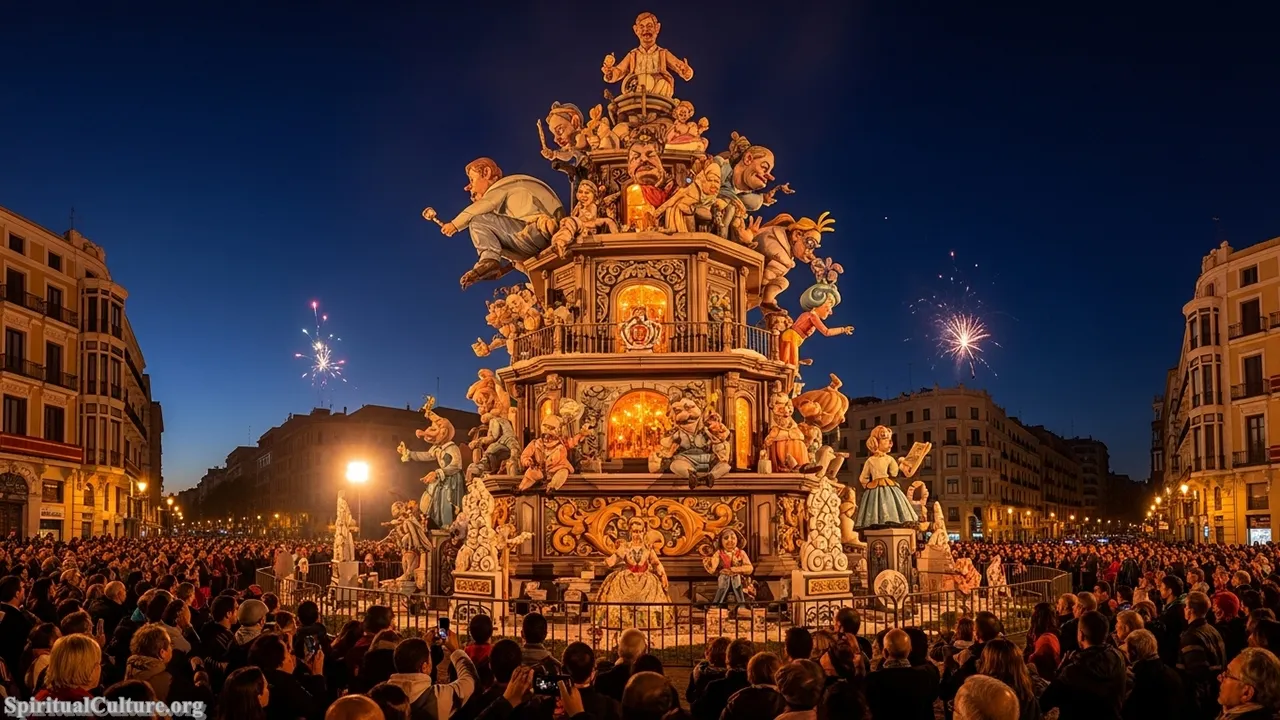
The ranking reflects the tradition’s deep-rooted spiritual concept of purification, renewal, and catharsis. Historically, carpenters would burn scraps to mark the end of winter, a pagan element later assimilated into the feast of St. Joseph. The climactic burning (the Cremà) is a collective, purifying act. It’s a spiritual cleansing where the community literally commits the past year’s burdens, follies, and satirical critiques to the fire, allowing for a fresh, clean start symbolized by the arrival of spring and the feast day.
The moral lesson of Las Fallas is the acceptance of impermanence and the necessity of communal cleansing. It is a cultural expression of the Buddhist idea of attachment—the most beautiful, labor-intensive works are intentionally destroyed, emphasizing that value lies in the process and the shared experience, not the material object. The preservation of this tradition ensures that art and satire remain vital tools for societal reflection and renewal.
Cultural/Spiritual Highlights:
- UNESCO Intangible Cultural Heritage of Humanity since 2016.
- The Cremà (burning) is a ritualistic act of purification and renewal.
- Original connection to the winter-to-spring seasonal change.
- The tradition is tied to the feast of St. Joseph, patron of carpenters.
4️⃣ Tapas Culture & Communal Eating
More of a daily custom than a single festival, Tapas Culture is arguably the most defining social ritual in Spain. It involves moving from bar to bar (the tapeo), sharing small savory plates (tapas or, in the Basque Country, pintxos) over drinks. This tradition is not about the food itself; it is about the social choreography—standing, sharing, and the continuous movement between communal, intimate spaces. It shapes the core rhythm of Spanish social and familial life across the entire country.
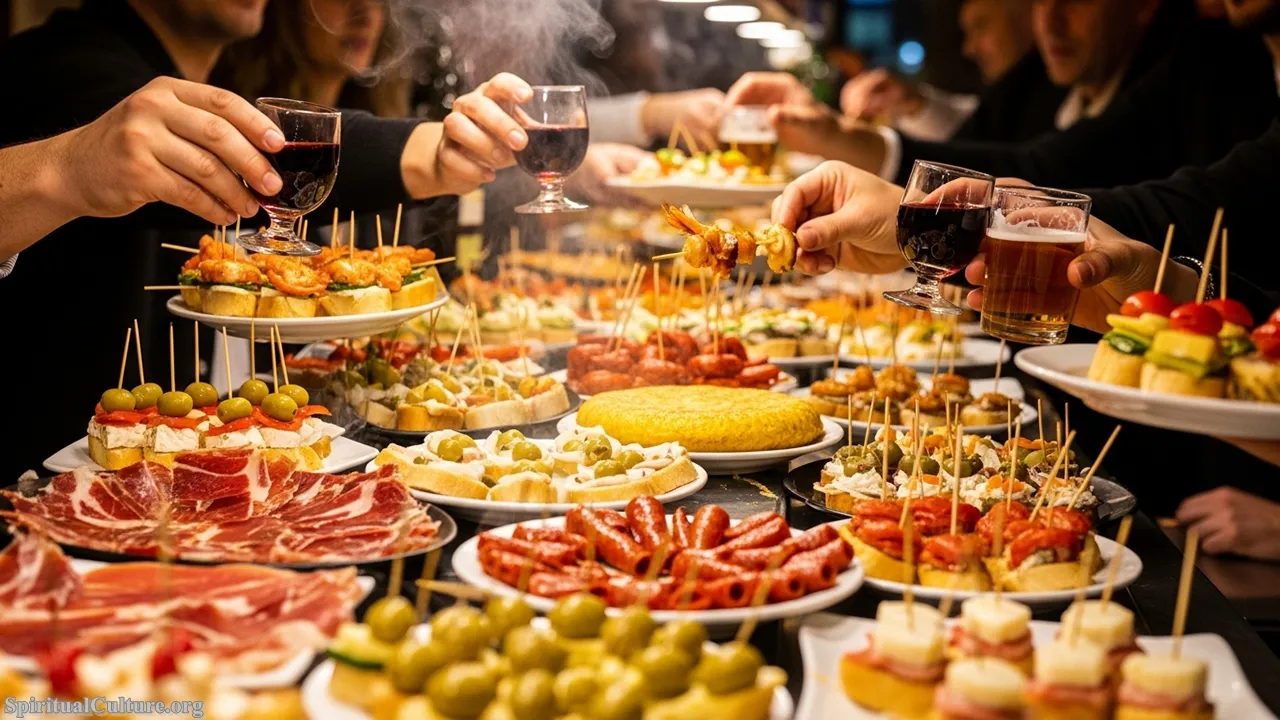
The spiritual significance is rooted in the principle of radical hospitality and shared abundance. The ranking is high because it is a constantly reinforced cultural anchor for community life. The custom encourages openness, movement, and a flexible, spontaneous approach to social interaction. Spiritually, it serves as a daily ritual of communion, where the sharing of sustenance in a lively, standing environment breaks down social barriers and prioritizes human connection over formal dining or isolation.
The moral lesson of the Tapas Culture is that life is best lived in motion and in community. It teaches generosity—you never just order for yourself—and the importance of the fleeting moment. Its preservation is vital because it sustains Spain’s renowned sense of warmth, spontaneity, and neighborhood vitality, acting as a constant cultural counterpoint to insular, individualized modern life. It is the spiritual infrastructure of Spanish conviviality.
Cultural/Spiritual Highlights:
- The tapeo ritual emphasizes spontaneous, communal socializing.
- Embodies a cultural value of generosity and shared abundance.
- Encourages social mobility and connection between different groups.
- A daily reinforcement of family and neighborhood bonds.
3️⃣ Flamenco
Flamenco is a powerful, expressive art form originating in Andalusia, combining singing (cante), guitar playing (toque), dance (baile), and rhythmic hand-clapping (palmas). It is a tradition deeply rooted in the cultural confluence of the Roma, Moorish, Jewish, and native Andalusian populations, primarily flourishing in the 18th century. Its profound emotional intensity and complexity led to its recognition by UNESCO, cementing its status not just as a performance art, but as a cultural language.
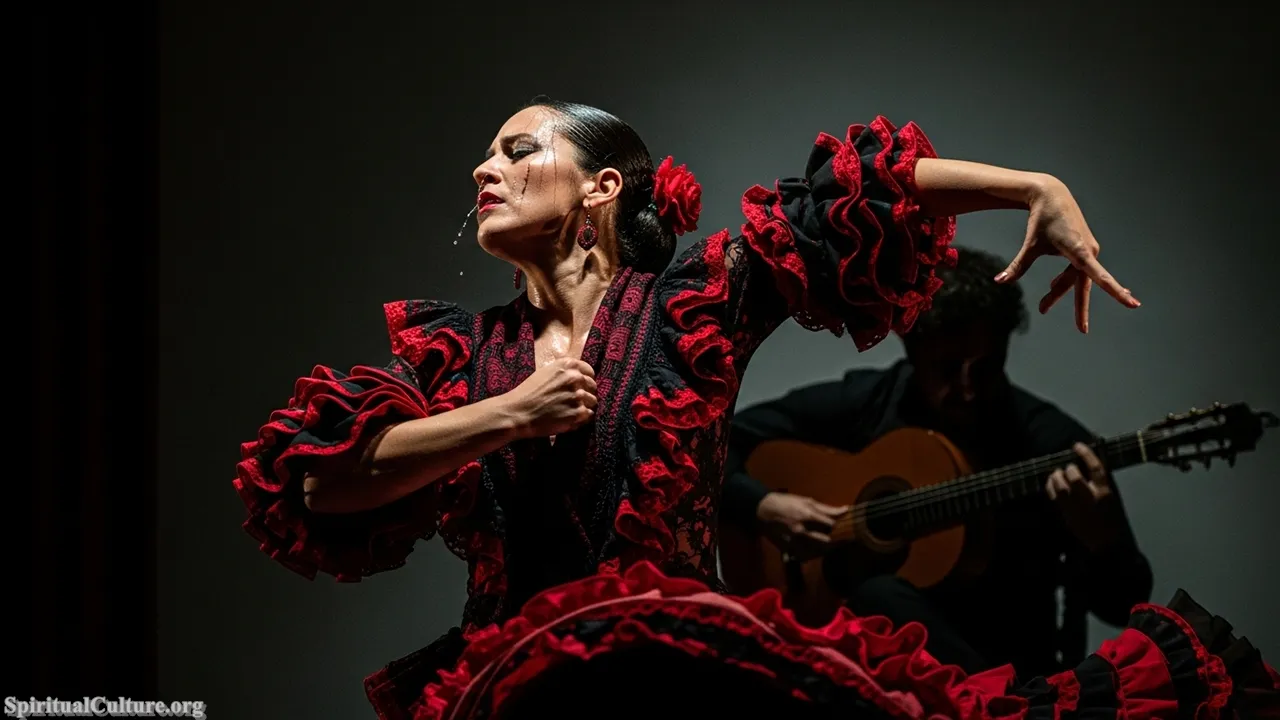
The spiritual impact of Flamenco is that of emotional catharsis and sacred expression. The ranking is based on its ability to channel the deepest human experiences—grief, passion, love, despair, and joy—into a raw, unified art form. The singer seeks the duende, a difficult-to-translate spiritual state of heightened emotion and authenticity that connects the performer and the audience in a moment of existential truth. This search for the duende makes Flamenco a spiritual act, a performance of the human soul stripped bare.
The moral lesson of Flamenco is the cultural validation of intense, honest emotion. It teaches the value of bearing witness to suffering and joy through art. Its preservation ensures the survival of an incredibly rich, syncretic cultural heritage, providing a vital expressive outlet for Spain’s most historically marginalized communities. Flamenco remains a spiritual conduit, communicating the collective memory and passion of Andalusia to the entire world.
Cultural/Spiritual Highlights:
- UNESCO Intangible Cultural Heritage of Humanity since 2010.
- The search for the duende, a state of spiritual authenticity and intensity.
- Rooted in the historical suffering and cultural fusion of the Roma people.
- A complete artistic expression encompassing music, song, and dance.
2️⃣ El Camino de Santiago (The Way of St. James)
The Camino de Santiago is a vast network of ancient pilgrimage routes leading to the Cathedral of Santiago de Compostela in Galicia, where the remains of the Apostle St. James are traditionally believed to rest. Dating back to the Middle Ages, the Camino has seen a dramatic resurgence in the Current Time of Writing, attracting hundreds of thousands of pilgrims (peregrinos) annually from every country and background, solidifying its status as a global, spiritual phenomenon and a UNESCO World Heritage Site.
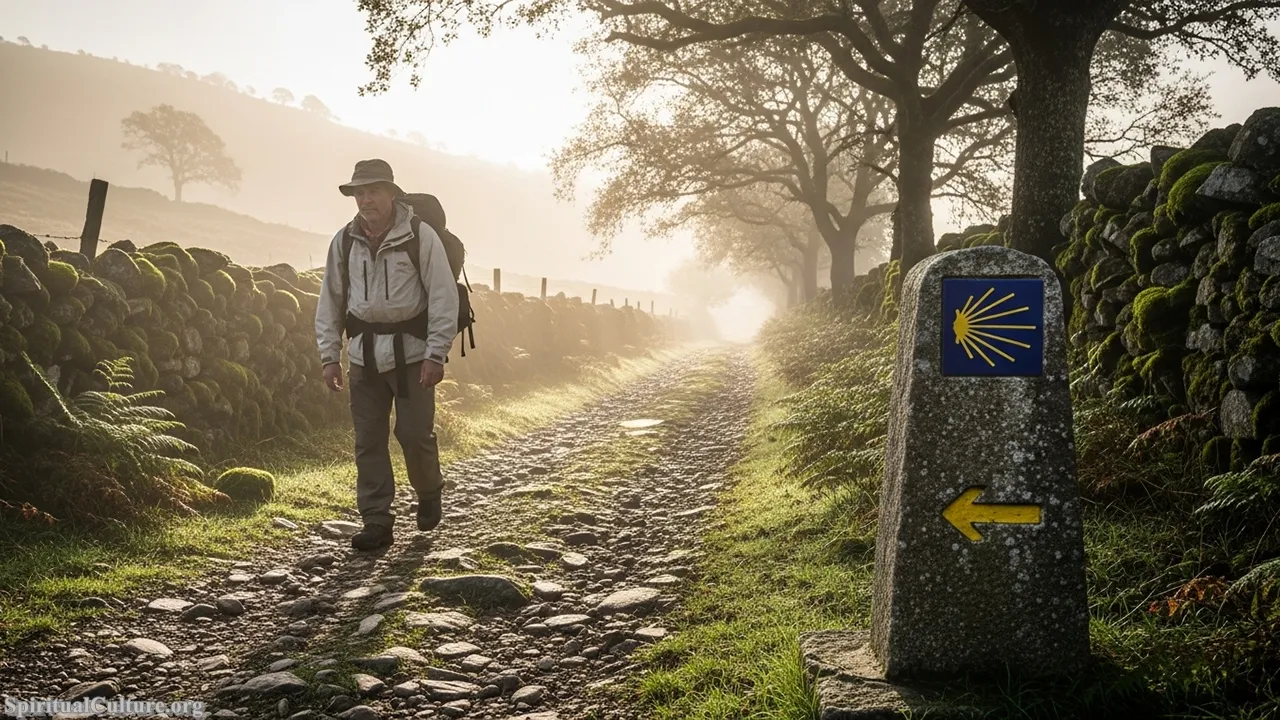
The spiritual significance of the Camino is peerless, centered on the journey as an end in itself. Its high rank reflects its profound impact as a universal path of spiritual quest, self-discovery, and penitence. For centuries, walking the Camino was the most potent act of faith a European Christian could undertake. Today, it remains a transformative ritual that strips away modern distractions, fostering simplicity, contemplation, and radical communal sharing in the hostels (albergues) along the way. The scallop shell symbolizes the pilgrim’s path and ultimate destination.
The moral lesson of the Camino is the virtue of humility, perseverance, and shared humanity. It teaches that wealth and status are irrelevant on the path; everyone is equal. Its preservation is a commitment to maintaining a thousand-year-old physical and spiritual infrastructure that offers humanity a powerful counter-narrative to consumerism—a path where progress is measured not by speed, but by intention, kindness, and the steps taken on faith.
Cultural/Spiritual Highlights:
- UNESCO World Heritage Site; routes date back to the 9th century.
- The main purpose is a pilgrimage to the tomb of St. James the Apostle.
- The scallop shell and the yellow arrow are universal symbols of the path.
- A global tradition transcending religious boundaries for self-discovery.
1️⃣ Semana Santa (Holy Week)
Semana Santa (Holy Week), the observance of the Passion, Death, and Resurrection of Jesus Christ, is the single most important and culturally pervasive tradition in Spain, particularly in Andalusia. From Palm Sunday to Easter Sunday, cities and towns are consumed by elaborate, solemn processions organized by centuries-old religious brotherhoods (cofradías or hermandades). Massive religious floats (pasos), bearing intricate statues, are carried on the shoulders of penitents (costaleros) in an intense, devotional public spectacle.
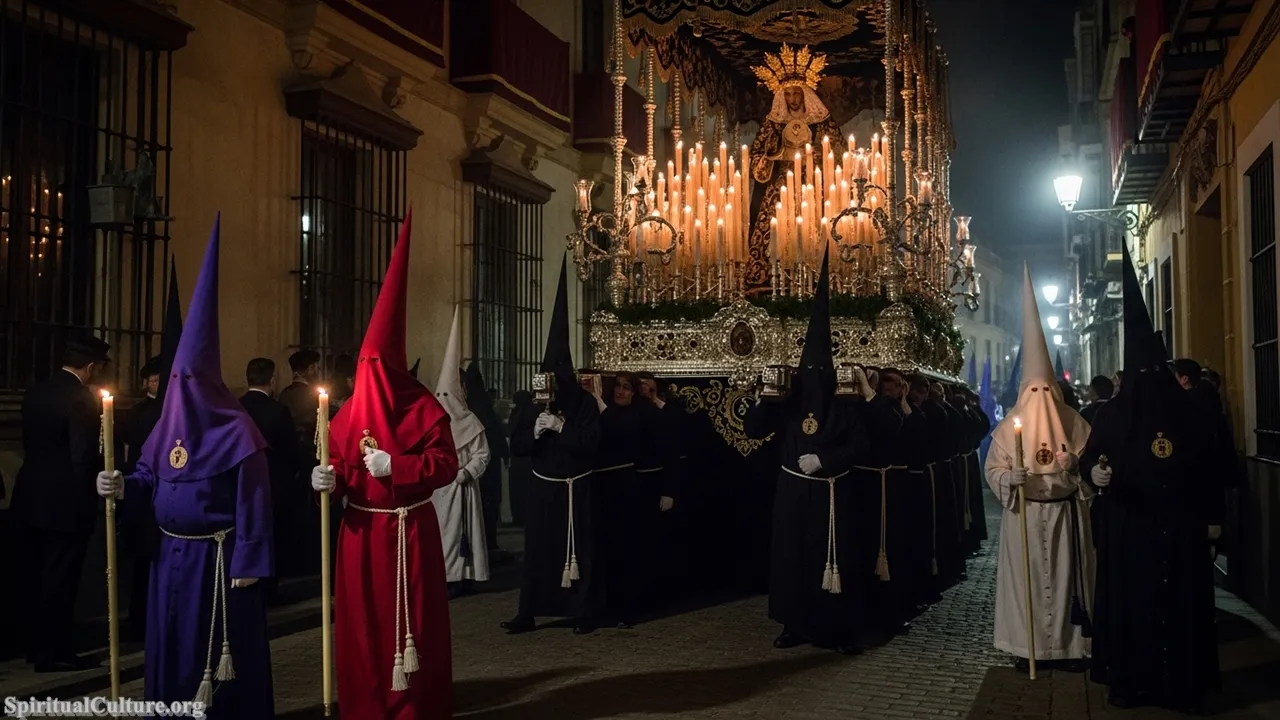
Semana Santa earns the top ranking for its deep, unbroken spiritual continuity and its capacity to mobilize the nation in a collective, profound act of faith and heritage. It is the living embodiment of Spain’s Catholic spiritual legacy. The ritual of the procession—the penitents in their robes (nazarenos), the slow, mournful music (often a saeta sung a cappella from a balcony), and the immense physical burden of the pasos—is a national act of penance and reflection on the human cost of salvation, offering a visceral and intense spiritual impact.
The moral lesson of Semana Santa is the primacy of penitence, devotion, and shared suffering. It teaches that spiritual truth often requires sacrifice and public testimony. Its preservation is essential as it is the very fabric of regional identity, keeping alive a sophisticated tradition of religious sculpture, music, and social organization (the brotherhoods) that spans centuries. It is the annual, public renewal of the nation’s spiritual covenant, making it the most important cultural tradition in Spain in the Current Time of Writing.
Cultural/Spiritual Highlights:
- Commemorates the Passion, Death, and Resurrection of Christ.
- Organized by centuries-old religious brotherhoods (cofradías).
- The pasos (floats) are carried by costaleros as an intense act of penance.
- The most culturally and spiritually significant event in the Spanish calendar.
Conclusion
The cultural traditions of Spain are not relics of the past; they are the vibrant, beating heart of the nation in the Current Time of Writing. From the profound religious devotion of Semana Santa and the universally shared spiritual journey of the Camino de Santiago to the cathartic artistry of Flamenco and the communal bond of the Tapas Culture, these practices reveal a people who prioritize passion, community, and the preservation of a humanistic rhythm of life.
At Spiritual Culture, we celebrate these traditions as masterpieces of intangible heritage. They teach us that greatness is found not just in monuments, but in the shared rituals that define a community’s soul, from the grandest parade to the simplest shared bite of food. Spain’s cultural fabric is a powerful lesson in collective resilience, historical memory, and the expressive beauty of the human spirit. Long may these profound traditions thrive.

